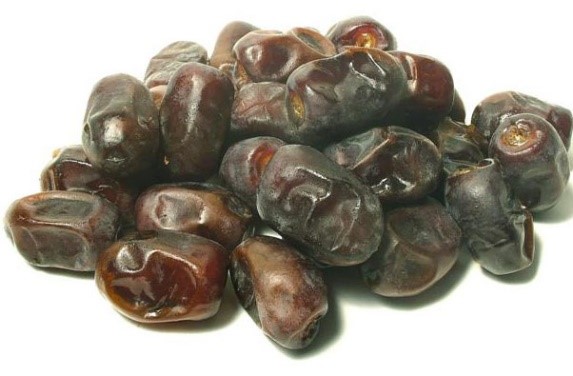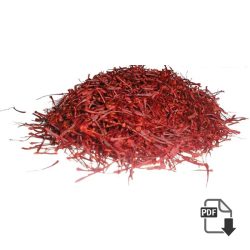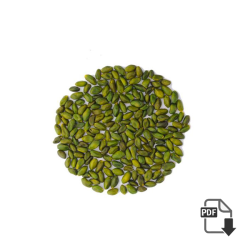Timeline history of raisins and dried fruits
Who says history is a dry subject? (Read all about the fascinating timeline history of raisins and dried fruits)
Leaving fruits out to dry in the sun and air is one of the oldest methods of preserving food-whether it’s turning grapes into raisins, or fresh figs, dates, apricots, and plums into their dried counterparts. Raisins and dried fruits are simple, wholesome foods, grown by nature and “made” by men and women basically the same way for thousands of years — long before artificial, frozen, canned, or processed foods.
People have enjoyed raisins since the earliest days of civilization. The early Phoenicians and Egyptians were responsible for expanding the popularity of raisins throughout the Western world. Due to their long-term storability and ease of transport, raisins traveled with Christopher Columbus tickled George Washington’s palate at Mount Vernon, helped fuel Robert E. Peary’s conquest of the North Pole in 1908, and accompanied astronaut Scott Carpenter in outer space in 1962.
Learn fun facts about raisins and dried fruits through the ages in the following timeline.
35,000,000 BC – Vitis sezonnensis! It’s not a sneeze but rather the botanical name of the earliest known grapevine, which flourishes in the southern part of the French region. The vine later evolves into Vitis vinifera, today’s most commonly grown variety.
6000 BC – Around this time, it’s believed that grape cultivation began in Transcaucasia (present-day countries of Armenia, Azerbaijan, and Georgia). It’s the flowering of plum and prune production as well. People seem to be discovering that dried fruits have a more intense flavor and sweetness than their fresh counterparts.
4000 BC – Grape cultivation expands to the Tigris-Euphrates region (present-day Iraq) about this time. Grapes join other fruits grown in the neighborhood that are suitable for drying, such as the fig and date palm. (The palm is native to the region but flourishes in Africa and Arabia as well.)
2900 BC – Figs become a staple crop of the Sumerians under King Urukagina (who coincidently is known for promoting a form of oil wrestling among his subjects! Fun guy.).
2500 BC – Holy fig leaf! Early biblical events (Adam and Eve wearing the infamous fig leaves, Noah cultivating a vineyard) reference fruits used for drying.
2440 BC – Grape cultivation begins in the Egyptian delta region at this time, memorialized in temple carvings, mosaics, and paintings. Figs also gain favor as a foodstuff along the Nile, where they are seized as war prizes and used as tomb offerings to the dead.
2000 BC – Bon appetit! Grapes were consumed at home during the Bronze Age, as evidenced by seeds found in dwelling ruins in what is now Switzerland. Around the same time, the Assyrians became involved in fig production.
1700 BC – “The Epic of Gilgamesh,” a juicy poem referencing grapes and vineyards in ancient Sumeria and also commemorating the adventures of the historical King of Uruk, appears at this time. Today it is regarded as the oldest known written story on earth.
1600 BC – Figs are growing! They spread beyond the Near East into the Mediterranean region, where they took hold in Crete.
1500 BC – What are people eating in those Arabian Nights? Dried fruit, of course. Throughout India, Persia, and Arabia, people expand their knowledge of dried fruits, which make their appearance in both kitchens and folklore, including the famous story collection.
1000 BC – The Bible says so. We find the first written mention of raisins there during the era of King David (I Samuel 25:18 and 30:12, II Samuel 16:1, and I Chronicles 12:40).
900 BC – A Roman soldier or a Phoenician trader brings a new grape variety through Italy to Iberia and North Africa. It is the Muscat, which probably originated in Greece and later became popular throughout Roman France and Germany.
500 BC – You don’t say. Dried grapes are known as “currants” (a corruption of “Corinth”) as vineyard cultivation moves from Thrace to Corinth in Greece. There, the god Dionysius (later known as Bacchus in Rome) becomes the patron deity of vines and wine. Figs gained popularity as a delicacy at this time fact, they reached Olympic stature, coveted as prizes in the ancient Olympic games, their leaves adorning wreaths used to crown competition winners.
400 BC – The villages of Armenia are replete with raisins, according to Xenophon’s Anabasis, the narrative of the Greeks’ joyful military escape from their enemies. During this time, figs become a staple of Greek cuisine, and Athenians regard themselves as “friends of the fig.”
218-203 BC – One of the greatest military leaders in history, Carthaginian general Hannibal catches the Romans off guard during the Second Punic War by crossing the Alps with troops fuelled by none other than raisins!
154 BC – Ancient Rome can’t get enough raisins. Raisins are used variously as rewards in athletic competitions, payment for taxes, a medical cure-all, and barter currency. (Legend has it that two jars of raisins can be traded for one slave boy.) Romans feast on raisins in Bacchanalian proportions.
37-29 BC – Vergil pens his Georgics, four books in Latin verse on farming! In them, he waxes poetic on raisins.
30 BC – To die for! Deposed as Queen of Egypt, Cleopatra has a type of Egyptian cobra called an asp brought to her, hidden in a basket of figs. According to Egyptian religion, her death by snakebite secures her immortality.
77 AD – Roman encyclopedist Pliny the Elder authors his Natural History, 37 volumes of practical tips such as the proper use and storage of grapes and the “restorative” value of figs. Despite all of his good advice, Pliny’s fanatical work habits constrain him to permanent bachelorhood.
92 – Grape glut averted! Grape production becomes so prevalent in the Roman Empire that Emperor Domitian decrees that half of the vineyards outside the Italian peninsula be uprooted.
100 – Great gourmand Marcus Gavius Apicius is the first author in the ancient world to write a cookbook. He includes recipes for a small fish soufflé and fried veal, both with raisins as a key ingredient.
200 – The Gaul! Vineyard production extends to Gaul (France) and the Rhine River region. Can raisin-making be far behind?
1000 – Vikings visiting the Labrador coast notice wild grapes growing in the area, so they christen the place “Vinland.”
1095-1291 – Good as gold. During the Crusades trade between Europe and other parts of the world increased dramatically. Among the foodstuffs sought? Raisins, of course.
1293-1294 – Try and try again. Marco Polo exports date palm seeds to India, where their propagation is ultimately unsuccessful.
1300 – As the European raisin trade flourishes, tasty dishes such as “pottage” and “frumenty” (meats or fish combined with raisins and currants) become popular throughout the continent.
1374 – Raisin inflation! Raisin prices in England jump to an unheard-of two pence and three farthings per pound.
1400 – Raisin bread abounds. In Germany, it’s Christmas bread called stollen. In Italy, panettone. And in Russia, Easter bread laced with raisins is called kulich.
1492 – Seafarers including Christopher Columbus discover that raisins are the perfect accompaniment for voyages across the high seas, since they keep well for long periods of time. Raisins are among the rations of those aboard the Nina, the Pinta, and the Santa Maria.
1513 – The Spanish begin importing trees that bear fruit suitable for drying into the West Indies. Later, fruit trees spread into Mexico and the American Southwest.
1560 – Higo! The Spanish introduced the first fig trees to North America by way of Mexico.
1592 – Currants as currency: London merchants petition Queen Elizabeth I to charter the Levant Trading Company, which is granted the exclusive right to trade in currants.
1595 – Now bring us some figgy pudding. By adding breadcrumbs, spirits, and eggs to the raisins and other dried fruits in “frumenty,” the traditional English “plum pudding” is born. Farther south, Spain perfects the making of dry and sweet wines from raisins.
1610 – Shakespeare’s “Winter’s Tale” debuts, with mentions of a festive sheep-shearing festival that features “four pounds of pruins, and as many of raisins o’th’ sun.”
1615 – Cervantes pens Part II of Don Quixote, one of the earliest written novels in a modern European language (Spanish.) In it, he refers to paying an Arabic translator in raisins.
1619 – If at first, you don’t succeed. Early attempts to establish vineyards in Virginia ended in failure, despite the importation of French specialists to help the industry.
1629 – Plum trees are introduced and take hold in New England. They become firmly rooted as a fruitful success.
1630 – Spanish missionaries at Senucu Pueblo, near present-day Socorro. New Mexico, plant the first vineyard in what comes to be known as the Land of Enchantment.
1649 – “French” cuisine. Europeans landing in New France (which soon became New England) noticed Native Americans enjoying a little something along with their corn: dried fruits.
1678 – Who coined “comfort food?” Arguably, it’s Londoner and Deacon John Bunyan, who published The Pilgrim’s Progress this year. It’s a religious allegory that touts raisins as a “comfort food” for travelers.
1683 – Merry fruitcake! Austrians encounter the bounty of Middle Eastern fruit when the Turks overrun Vienna. To celebrate their survival, the Viennese serve German turban cake, or “gugelhupf,” with a filling of raisins, lemon and orange peel, almonds, and spices, on Christmas morning.
1700 – “Triangular trade” is established: the exchange of goods among America, Africa, and Europe. Besides sugar, rum, and slaves, raisins are a staple item in this commerce.
1736 – Let them eat cake. Polish King Stanislas Lesczynska, also known as the king without a kingdom, is exiled to France. There, he creates the “baba,” a dessert bread featuring raisins.
1754 – George Washington begins his long residence at Mount Vernon, where raisins are a staple at the dinner table. His wife Martha prepares a “plumb broth” made of marrow bones, bread, sugar, raisins, and currants. Her husband proclaims it “the greatest success achieved by Mrs. Washington since our marriage.”
1769 – Bottle of wine, the fruit of the vine. Spanish missionaries land in San Diego, California, with date palms, “mission” figs, and grapes just ripe for drying. Grapes and native plums are also used to make sacramental wine, raisins, and prunes.
1800 – The kitchen is the hub of the American and British household and books with instructions for cooking impart valuable information. Cookbooks advocate the inclusion of raisins in various dishes. In sunny California’s mission chain, fruit production proliferates.
1838 – The dawn of commercialization. Former Kentucky trapper William Wolfskill emigrates to California, where he plants the first vineyard of table grapes near Los Angeles. He ships his grapes to Northern California gold miners for the price of one “bit” (twelve-and-a-half cents) per vine.
1861-1865 – Eggs are in short supply during the Civil War, and so egg-less “war cakes” get their flavor from raisins. Raisins also sweeten the brewed beverage used to nourish soldiers in the field.
1872 – Vineyardist William Thompson of Sutter County, California, imports a Sultanina seedless grape cutting from the Almira & Barry Nursery of Rochester, New York. His prescience is rewarded when the Sultanina is his only vine to survive sudden winter floods.
1873 – Happy accident. Commercial propagation of William Thompson’s seedless grapes begins in California. In Fresno County several bunches dry by accident, creating the first commercial raisin crop. It is transported to San Francisco and sold as a “Peruvian delicacy.”
1875 – Thompson enters his Sultana grapes into a local agricultural competition. Not knowing their formal name, he dubs them “Thompson seedless.” The moniker sticks and Thompson seedless grapes become the basis of California’s grape and raisin industry. Thin-skinned, without seeds, and loaded with flavor, they make the best raisins, the easiest.
1880 – At $3-to-$20 an acre, cheap land and an arid climate set the stage for widespread California raisin production in the areas east of Los Angeles and in the San Joaquin Valley. The Valley has grown to be the dominant production area for the entire United States. Timeline history of raisins and dried fruits
1881 – The first Armenians arrive in Fresno County, bringing with them long-held expertise in raisin production. Other imports to California include the full-flavored Smyrna fig, which poses a dilemma for California growers. The trees look healthy, but they don’t form ripe fruits.
1900 – Raisin production spreads widely outside of the Mediterranean and California, all the way to Australia and Chile. The California fig industry enters a half-century of peak production. Nurseryman George Roeding solves the problem of the Smyrna fig by introducing the Blastophaga (fig wasp) to Fresno County. It transfers pollen, which allows successful propagation and commercialization of the Smyrna, also known as the Calimyrna, fig. Timeline history of raisins and dried fruits
1900-1904 – Robert Falcon Scott sets off on his expeditions to the South Polar regions. He includes raisins in his provisions.
1908-1909 – During Robert E. Peary’s successful conquest of the North Pole, pemmican (the Native American concoction of dried meat, berries, and fat) along with raisins helps to sustain the party.
1914-1918 – During World War I, “war cakes” gained popularity again, along with mock mince”meat” pies made with raisins. The dried grape also finds favor as a portable and durable foodstuff for the Allied soldiers.
1942 – With the demand for high-energy foods and sugar substitutes escalating during World War II, the War Production Board orders California’s entire wine grape crop to be made into raisins.
1943 – Fig production in California enters a decline, with total acreage dropping by almost half (34,499 to 16,628) — until 1972, when figs mount a turn-around. (Today, California ranks second only to Turkey in the worldwide production of figs.) Timeline history of raisins and dried fruits
1949 – Children living in the isolated city of Berlin delight in packets of raisins dropped for their benefit by planes participating in the Berlin Airlift. These planes become known as the “raisin bombers.” Timeline history of raisins and dried fruits
1962 – Astronaut Scott Carpenter bites into a raisin-filled, granola-type confection, thus becoming the first person to carry and consume raisins in outer space.
Today – Say what? Polyphenolic chemical compounds! Found in high concentration in grapes and wine, they’re among the most talked-about dietary ingredients these days. Believed to promote good health since as far back as Roman times, polyphenolic compounds continue to be investigated by modern researchers looking into their antioxidant and other health properties. Timeline history of raisins and dried fruits
All Type Of Raisin
-
Golden Long Raisin
Golden Long Raisin also is known as Golden Raisin Jumbo or Kashmari Golden Raisin. As it is clear from its name the color of this raisin is golden. Raisins, in general, are dried grapes.
-
Green Raisins ( Jumbo Raisins ) wholesale price + analysis + sale offer
Green Raisins | Jumbo Raisins : Green Raisins also are known as Green Jumbo Raisin, Kashmari (Kashmiri) Green Raisins and Green Long Raisins. As it is clear from its name the color of this raisin is green. Raisins, in general,…
-
sultana raisin dark brown special wholesale price + analysis + sale offer
This kind is prepared by drying the fruit in full sun and results in a dark color.
-
Sultana Raisin Light Brown Special wholesale price + analysis + sale offer
Sultana Raisins Light Brown are dried Seedless grapes of the Vitis vinifera species. Customers also know this raisin as Malayer Raisin or Seedless Thompson. As it is clear from its name the color of this raisin is light brown. Farmers…
-
Golden Raisin Special wholesale price + analysis + sale offer
This kind is oven-dried and then sulfur is added to preserve its color.

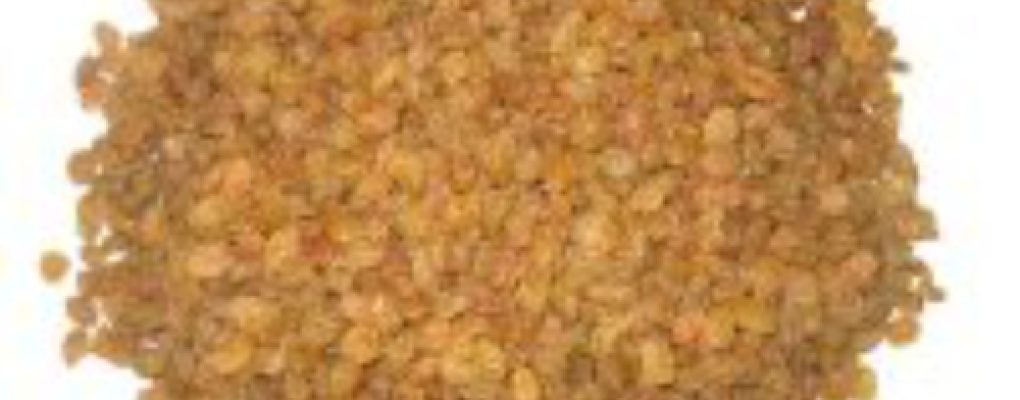
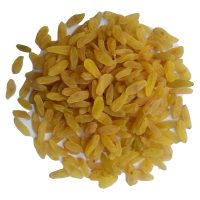
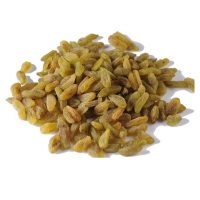
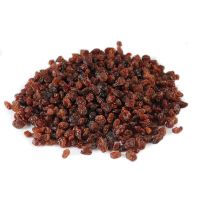
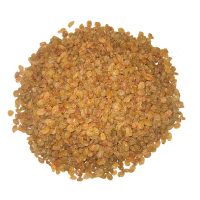
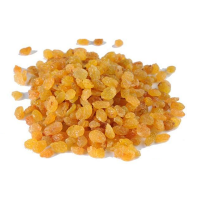
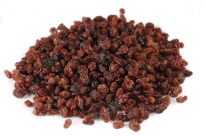
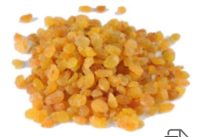
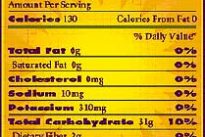
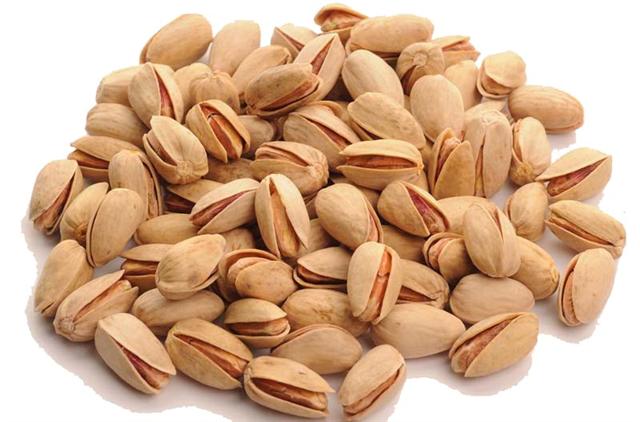
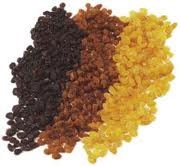 3 kind raisin
3 kind raisin 